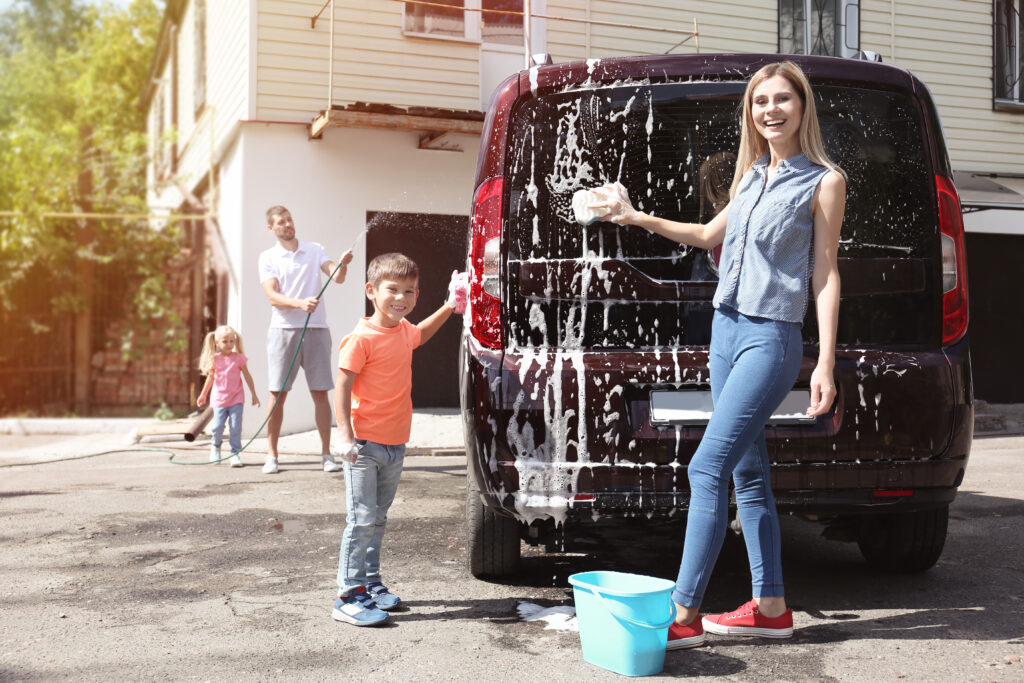Work on a Vertical Surface

While most handwriting, drawing, painting, coloring, and other play activities occur on a table or on the floor, those are not the only surfaces that can be used for these activities. Try changing up the activity and work on a vertical surface. Vertical surfaces support development and can make the activity more fun for children. In addition, changing the way you do an activity can help kids to focus and stay engaged longer.
Why is Work on a Vertical Surface Beneficial?
Firstly, working on a vertical surface can support the development of a variety of skills. The skills supported by working on a vertical surface can carry over to everyday activities and to academic skills.
- Bilateral Coordination – Depending on how the activity is set up, working on a vertical surface can also promote bilateral coordination. For example, the child may need to hold the paper on the wall with one hand while painting or drawing with the other hand. Setting up the activity this way helps provide the child with feedback if they are using both hands consistently. If they only use one hand the paper will fall.
- Wrist Extension/Pencil Grasp – Working on a vertical surface puts the wrist in an extended position which supports better pencil grasp and control of writing tools.
- Shoulder/Elbow Stability – Working on a vertical surface requires additional shoulder and elbow stability. Having the child draw, write, or play on a vertical surface requires them to work against gravity and prompts strengthening of the shoulder and elbow.
- Midline Crossing – Crossing midline naturally incorporates into play when using vertical surfaces as the child reaches with their dominant hand from one side of the surface to the other.
- Core Strength/Posture – Positioning children in tall kneeling or standing can help to prompt better posture and core strength while working opposed to a slouched position at a table or desk
Activities to Try
Some activities that you can try at home that use a vertical surface include the following:
- Using Water to Paint Outside – This activity is simple to set up and requires very few materials. Give the child a bowl of water and paint brushes, and encourage them to paint the fence with the water, promoting painting on a vertical surface.
- White Board – Simple drawing on a white board or chalkboard can be a great vertical surface activity. You can expand on this activity by playing drawing games such as tic tac toe or Pictionary.
- LEGO Wall – Attach LEGO board to the ball and encourage your child to build with LEGO on the wall. You can get some more fun ideas for playing with LEGO here.
- Car Wash – Set up a simple at home car wash. Use sponges with water and car soap to scrub and wash the car.
These are just a few ideas to get you starting to work on vertical surfaces. Check our Your Therapy Source for more fun suggestions.
